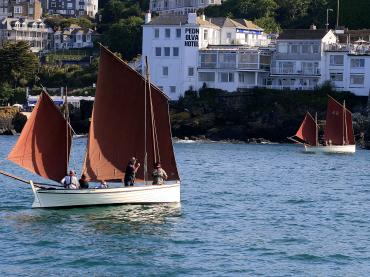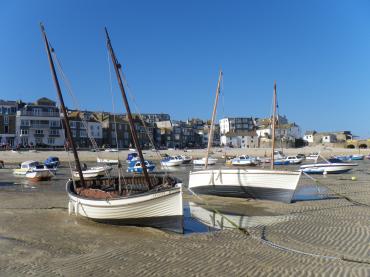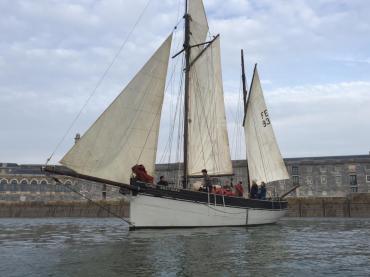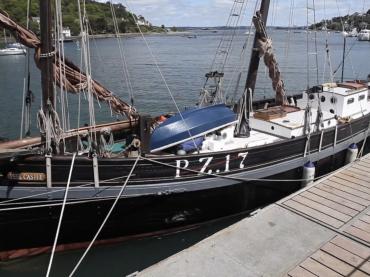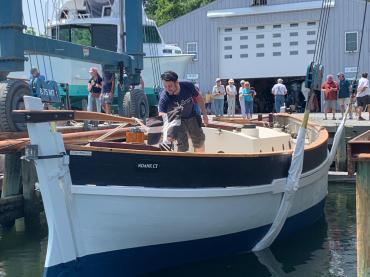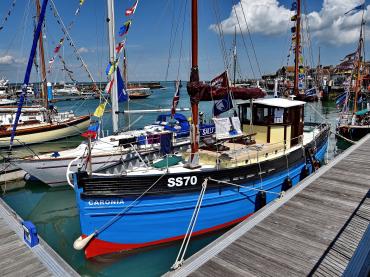Previous names
- 2006 - 2007 CELESTE
Details
Construction
Dimensions
History
The Jumbo was developed exclusively in St.Ives during the mid 1880's reflecting a growing demand for smaller vessels that could leave the harbour at half tide as fishing was becoming less reliable. Their late introduction and early demise meant that the 'jumbo' (an ironic nickname owing to their diminutive size) made little impact on local memory and accordingly were virtually unknown - even to the port's last boatbuilding apprentice, Martin Roach, and Dicon Nance, who was commissioned to build models of all the vessel-types of the St.Ives fishery (displayed in St.Leonard's Chapel on Smeaton's Pier). Safe to say, the Jumbo's reputation extends far further today than it ever did in it's brief heyday. Today's jumbos were researched and built by Jonny Nance to the lines designed by the renowned boatbuilder, William Paynter using clinker larch on oak. In 1885, Paynter had recently resumed working in his home town following some years building boats in Kilkeel.
His design is clearly a more stable and safer alternative to the 4-man pilot gig which was widely used for netting, particularly for the herring season. Paynter's design was for a 25ft vessel. To suit today's requirements, this was scaled this down to 20ft 6ins, in keeping with the smallest recorded jumbo. The scantlings, respective mast heights and sail proportions were gleaned from contemporary photographs and a familiarity with traditional local boatbuilding practices. Other details such as the side bench arrangement and the toggle for securing the mizen boom to the gunwhale were designed by the builder. The purpose of replicating jumbos is to celebrate the maritime heritage of St.Ives, to regenerate the harbour community and to promote the dipping lug rig. NB. Both modern jumbos are fitted with a discreet, self-inflating buoyancy system specifically devised by the builder. This is essentially a lifejacket for the boat and would be ideal for any open boat replica. A tube, folded within a velcro sleeve, is laced to the thwart risings (see attached photo) maintaining the clear space below the thwarts for stowing gear. When inflated, the swamped vessel floats with approx 9" freeboard so the crew can stay together with something to hang on to to help arrives.
Key dates
- 2007-09-08 Launch of Celeste
Own this vessel?
If you are the owner of this vessel and would like to provide more details or updated information, please contact info@nationalhistoricships.org.uk

